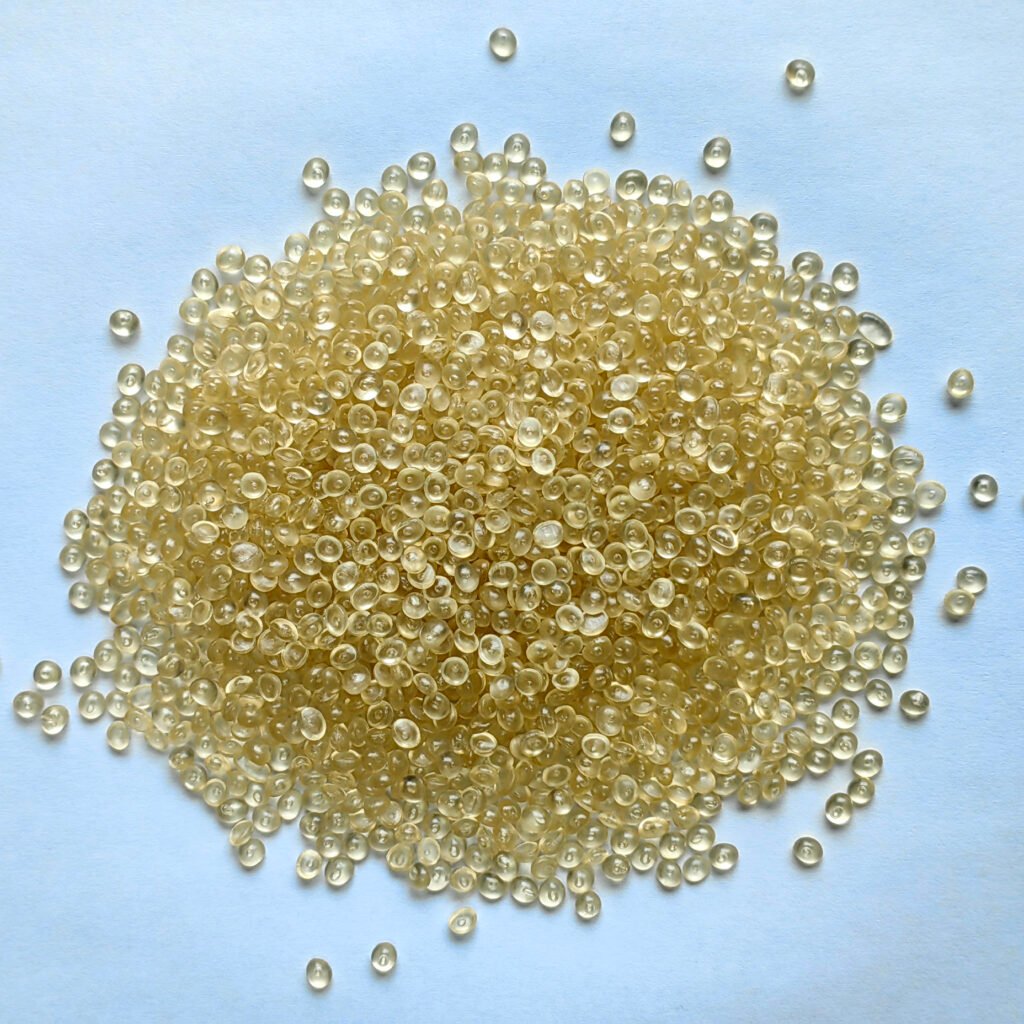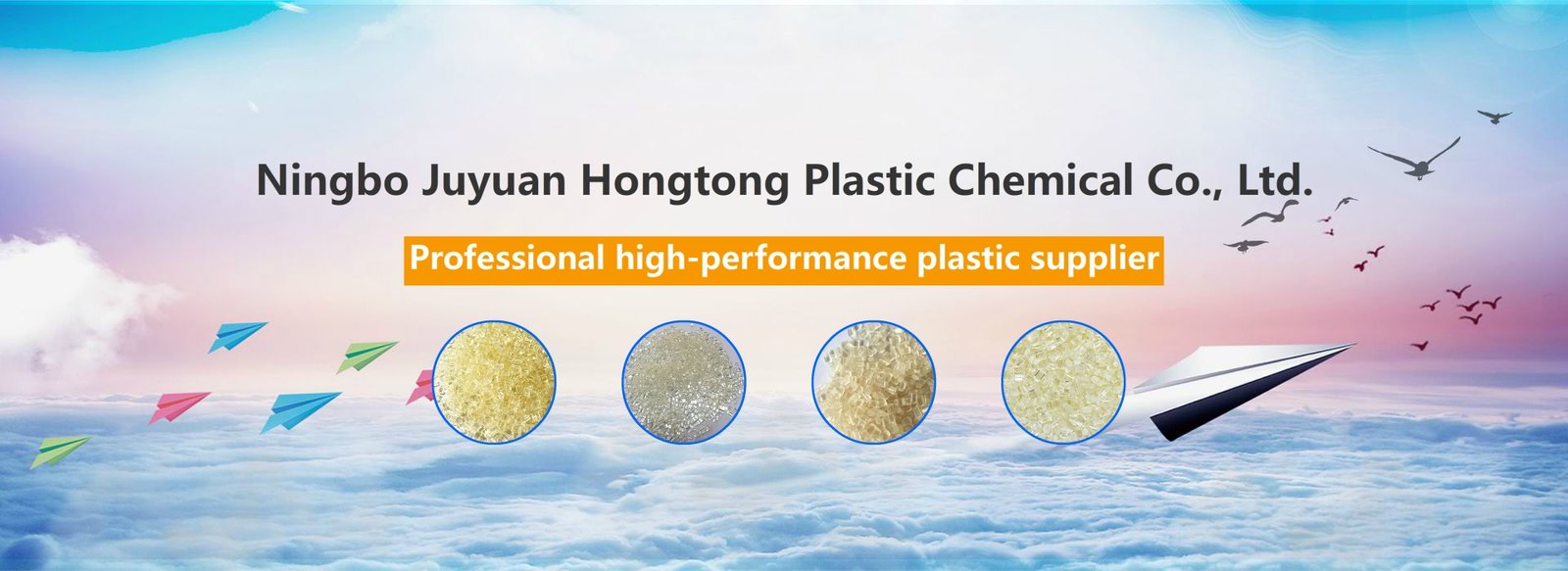Polysulfone plastics (PES resin) are widely used in high-temperature and chemical-resistant fields, of which PES (Polysulfone) En PESU (Polyethersulfone) are the two most common types. They have similar names, but there are obvious differences in structure, performance and applicable scenarios.
This article will compare the core characteristics of PES and PESU to help you quickly determine which material is more suitable for your product application.

1. What are PES and PESU?
・PES (Polysulfone): It is a type of high-temperature engineering plastic containing sulfone groups (–SO₂–). It usually does not contain ether bonds in its structure. It has good thermal stability and mechanical properties, amber or light yellow in color, and high transparency.
・PESU (Polyethersulfone): It is a modified version of PES. Ether bonds (–O–) are introduced into the molecular structure, so that the material has higher heat resistance, chemical corrosion resistance and better dimensional stability while maintaining the excellent performance of PES. The color is slightly lighter and the transparency is also better.
2. Key differences in chemical structure
PES and PESU are both polysulfone plastics. The main difference lies in whether there is an ether bond in the main chain of the polymer:
・PES structure: The polymer chain uses sulfone groups as the main connecting unit and lacks ether bonds, which makes the material more rigid but has a relatively low heat resistance limit.
・PESU structure: Some sulfone groups are replaced by ether bonds, and the chain segments are more flexible, giving the material better heat and chemical resistance, while improving toughness and processing adaptability.
3. Performance comparison
| Performance Indicator | PES (Polysulfone) | PESU (Polyethersulfone) |
| Warmteafbuigingstemperatuur (HDT) | Approx. 180–200°C | Approx. 200–225°C |
| Glass Transition Temperature (Tg) | Approx. 185–190°C | Approx. 210–225°C |
| Hydrolysis Resistance | Gematigd | Uitstekend |
| Chemical Resistance | Goed | Superior, especially against acids, bases, and solvents |
| Mechanical Strength | High rigidity | Equal or better, with enhanced toughness |
| Color & Transparency | Amber to light yellow, semi-transparent | Pale yellow, better clarity |
| Processing Flowability | Goed | Higher viscosity, requires more precise processing control |
4. Differences in typical application areas
・PES is suitable for parts that generally require high temperature resistance and certain chemical stability, such as electronic and electrical components, medical device housings, pipe fittings, etc.
・PESU is widely used in scenarios with higher reliability requirements due to its stronger heat and chemical resistance, such as high-temperature disinfection medical equipment, drinking water systems, aerospace components, food-grade mechanical parts, etc.
5. The naming phenomenon of "PES" and "PESU" in the industry
In the plastic trade and user level, the word "PES" is often used to refer to all polysulfone plastics, especially polyethersulfone (PESU). This is mainly because:
・PESU is more popular as an upgraded material, and most sales units in the market sell it as "PES";
・The procurement process focuses on material performance and price, and PES and PESU are similar in appearance and application, resulting in inaccurate naming.
Therefore, when purchasing, be sure to confirm the specific brand and performance parameters of the material to avoid procurement risks caused by naming confusion.
6. Material Selection Guide: PES vs PESU
| Selection Criteria | Aanbevolen materiaal | Notities |
| General high-temperature resistance | PES | Lower cost, easier to process |
| High-temperature sterilization/repeated exposure | PESU | Excellent heat resistance and chemical durability |
| Chemical resistance and hydrolysis | PESU | Suitable for acidic, alkaline, and high-humidity environments |
| Medical and food-grade applications | PESU | Meets stricter safety and environmental regulations |
| Toughness and dimensional stability | PESU | Offers greater processing stability and longer service life |
7. Why choose us?
As a professional trader of plastic raw materials with 24 years of experience, we not only provide multi-brand and multi-model PES and PESU materials, but also focus on:
・Accurately matching customer needs to avoid mis-collection and performance waste;
・Flexible small batch supply, support sample trial and small batch development;
・Professional technical support, assist in selection and process debugging;
・Stable supply chain, ensure timely delivery, and help customers seize market opportunities.
Choosing us is to choose a partner who truly understands materials, understands the market, and understands you better.
Conclusie
Although PES and PESU are from the same school, they have their own strengths. Understanding the essential differences and accurately identifying the needs are the keys to efficient development and product stability.
We look forward to working with you to provide more professional, flexible and reliable material support, meet industry challenges together, and help innovation breakthroughs!

